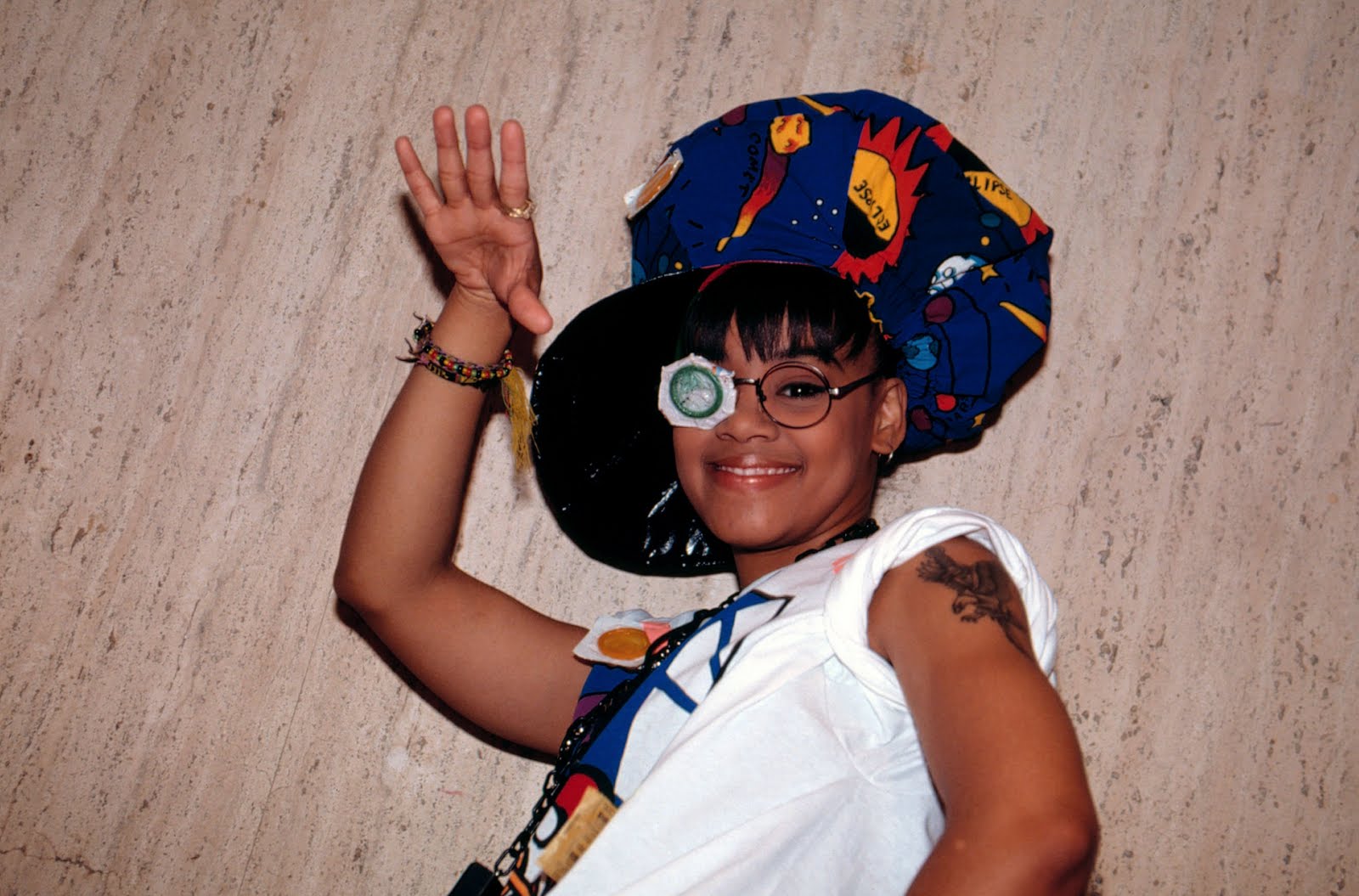Understanding The Left Eye: A Comprehensive Guide
The left eye is more than just a part of the human anatomy; it plays a crucial role in our perception and interaction with the world around us. Understanding the left eye is essential for comprehending various aspects of vision, health, and even cultural symbolism. In this article, we will delve into the anatomy of the left eye, its functions, common disorders, and treatments, as well as its significance in different cultures.
From the moment we are born, our eyes serve as our windows to the world. The left eye, along with the right, allows us to perceive depth, color, and movement, making it an indispensable part of our daily lives. This article aims to provide an in-depth look at the left eye, its biological importance, and the implications of left eye health on overall well-being.
Whether you are looking to understand more about your own left eye or simply curious about ocular health, this comprehensive guide will equip you with valuable knowledge and insights. Let’s explore the fascinating world of the left eye!
Table of Contents
- Anatomy of the Left Eye
- Functions of the Left Eye
- Common Disorders of the Left Eye
- Treatments for Left Eye Conditions
- Cultural Significance of the Left Eye
- Myths and Facts about the Left Eye
- Left Eye Biodata
- Conclusion
Anatomy of the Left Eye
The anatomy of the left eye is complex and fascinating. It consists of several key components that work together to facilitate vision.
Key Components of the Left Eye
- Cornea: The transparent front layer that helps focus light.
- Iris: The colored part that controls the size of the pupil.
- Pupil: The opening that allows light to enter the eye.
- Lens: A flexible structure that further focuses light onto the retina.
- Retina: The layer of cells at the back of the eye that detects light and sends signals to the brain.
- Optic Nerve: The nerve that transmits visual information to the brain.
Functions of the Left Eye
The left eye serves several vital functions that contribute to our overall vision.
Visual Processing
Both eyes work together to create a complete visual field. The left eye primarily processes information from the right side of the visual field, contributing to depth perception and spatial awareness.
Color Perception
The left eye is also involved in color perception. Different types of cells in the retina help us distinguish colors and shades, allowing us to appreciate the richness of our surroundings.
Common Disorders of the Left Eye
Like any other part of the body, the left eye can be susceptible to various disorders.
Common Left Eye Disorders
- Myopia (Nearsightedness): Difficulty seeing distant objects clearly.
- Hyperopia (Farsightedness): Difficulty focusing on close objects.
- Cataracts: Clouding of the lens leading to blurry vision.
- Glaucoma: Increased pressure in the eye that can damage the optic nerve.
- Macular Degeneration: Deterioration of the retina affecting central vision.
Treatments for Left Eye Conditions
Identifying and treating left eye conditions is crucial for maintaining good vision.
Common Treatments
- Corrective Lenses: Glasses or contact lenses to improve vision.
- Surgery: Procedures such as LASIK or cataract surgery.
- Medications: Eye drops or oral medications for conditions like glaucoma.
Cultural Significance of the Left Eye
The left eye has various meanings in different cultures. In some traditions, the left eye is seen as a symbol of intuition and emotional perception.
Symbolism in Different Cultures
- In some Indigenous cultures, the left eye represents the moon and feminine energy.
- In certain Asian cultures, the left eye is associated with good luck and fortune.
Myths and Facts about the Left Eye
There are numerous myths surrounding the left eye, many of which are not based on scientific evidence.
Common Myths
- Myth: The left eye is weaker than the right eye.
- Fact: Vision strength can vary between individuals and is not determined by eye dominance.
Left Eye Biodata
Below is a biodata summary of the left eye, illustrating its essential characteristics.
| Attribute | Description |
|---|---|
| Location | Left side of the face |
| Function | Vision and perception |
| Common Disorders | Myopia, Hyperopia, Cataracts, Glaucoma, Macular Degeneration |
| Treatments | Corrective lenses, Surgery, Medications |
Conclusion
In summary, the left eye is a vital component of our vision system, contributing significantly to how we perceive the world. Understanding its anatomy, functions, common disorders, and cultural significance enhances our appreciation for this remarkable organ. We encourage you to take care of your eye health by scheduling regular eye exams and being mindful of any changes in your vision. Share your thoughts in the comments below, and be sure to check out our other articles on health and wellness.
Final Thoughts
Thank you for joining us on this journey to explore the left eye. We hope you found this article informative and engaging. Remember to visit us again for more insightful content on health and various fascinating topics!
Exploring John David Washington's Relationship: Love, Life, And Lessons
Halloween Movies 2024: A Guide To The Spookiest Films This Season
Libra Personality: Understanding The Traits And Characteristics Of Libra Individuals


